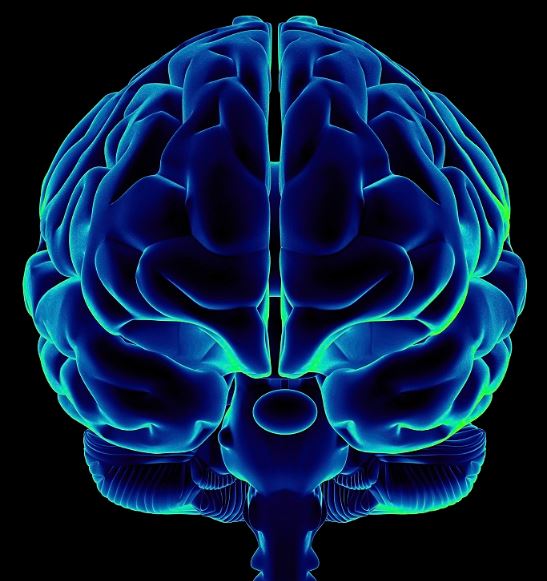Dissociative Identity Disorder (DID) and narcolepsy are two distinct psychological and neurological conditions, each presenting unique challenges and requiring specialized approaches for effective management and treatment. This article delves into the treatment plans for DID and explores the underlying causes of narcolepsy, providing a comprehensive overview for those seeking to understand these conditions better.
Treatment Plan for Dissociative Identity Disorder
Dissociative Identity Disorder, formerly known as Multiple Personality Disorder, is a complex psychological condition characterized by the presence of two or more distinct personality states or identities within a single individual. Each identity may have its own name, age, history, and characteristics, and can control the person’s behavior at different times. DID is often the result of severe trauma during early childhood, typically extreme, repetitive physical, sexual, or emotional abuse.
Psychotherapy
The cornerstone of treatment for DID is psychotherapy, or talk therapy. The primary goal is to integrate the multiple identities into one primary identity and help the person process and cope with the trauma that led to the development of DID. Several therapeutic approaches can be beneficial:
Cognitive Behavioral Therapy (CBT): CBT helps individuals identify and change negative thought patterns and behaviors. For DID patients, CBT can assist in addressing the cognitive distortions related to their traumatic experiences and improve overall coping strategies.
Trauma-Focused Therapy: This approach specifically targets the traumatic memories that have contributed to DID. Techniques such as Eye Movement Desensitization and Reprocessing (EMDR) can help patients process and integrate these memories more effectively.
Dialectical Behavior Therapy (DBT): DBT is designed to help individuals manage emotions and improve interpersonal relationships. For DID patients, DBT can be beneficial in learning emotional regulation and interpersonal effectiveness, which can be challenging due to the fragmented nature of their identity.
Medication
While there is no medication specifically approved for DID, medications can be used to address symptoms that often accompany the disorder, such as depression, anxiety, or insomnia. Antidepressants, anxiolytics, and mood stabilizers may be prescribed based on the individual's symptoms and needs. It is crucial to work closely with a psychiatrist to monitor and adjust medications as necessary.
Supportive Therapies
Supportive therapies, including support groups and family therapy, can provide additional layers of support. Engaging with support groups where individuals with DID share experiences and coping strategies can be empowering. Family therapy helps improve communication and understanding within the family system, which can be beneficial in the healing process.
Coping Strategies
Developing effective coping strategies is essential for managing DID. Techniques such as mindfulness, grounding exercises, and stress management can help individuals remain connected to the present and reduce the frequency and intensity of dissociative episodes. Building a strong therapeutic alliance with a trusted therapist can also support the development of these coping strategies.
Narcolepsy is a chronic sleep disorder characterized by excessive daytime sleepiness, sudden muscle weakness (cataplexy), hallucinations, and sleep paralysis. The exact cause of narcolepsy is not fully understood, but several factors are believed to contribute to its development.
Genetic Factors
Research indicates that genetic predisposition plays a significant role in narcolepsy. Studies have shown that individuals with a family history of narcolepsy are at a higher risk of developing the condition. The presence of certain genetic markers, particularly the HLA-DQB1*06:02 allele, has been associated with an increased risk of narcolepsy. This genetic component suggests that narcolepsy may have an autoimmune basis, where the immune system mistakenly targets specific cells in the brain that regulate sleep-wake cycles.
Autoimmune Response
Narcolepsy is thought to be related to an autoimmune response that targets the brain's hypocretin-producing neurons. Hypocretin, also known as orexin, is a neurotransmitter that regulates wakefulness and sleep. A loss of hypocretin-producing neurons leads to the symptoms of narcolepsy. This autoimmune response is believed to be triggered by environmental factors in genetically predisposed individuals.
Environmental Factors
Environmental factors, such as infections, stress, or other illnesses, may act as triggers for narcolepsy in susceptible individuals. For instance, some studies have linked narcolepsy onset to infections like the H1N1 flu virus or the use of the influenza vaccine. These environmental factors may interact with genetic predispositions to initiate or exacerbate the condition.
Brain Injury or Structural Abnormalities
In rare cases, narcolepsy can be secondary to brain injury or structural abnormalities that affect the sleep-wake centers of the brain. Damage to specific areas responsible for regulating sleep can lead to symptoms consistent with narcolepsy.
Conclusion
Dissociative Identity Disorder and narcolepsy are complex conditions requiring a multifaceted approach to treatment and understanding. DID treatment primarily involves psychotherapy, medication, and supportive therapies to help individuals integrate their identities and manage symptoms. Narcolepsy, on the other hand, is influenced by genetic, autoimmune, and environmental factors, with research continuing to explore its precise causes and mechanisms.
Understanding these conditions and their management can provide hope and direction for those affected and their loved ones. For both DID and narcolepsy, ongoing research and advancements in treatment are essential for improving outcomes and quality of life for individuals living with these challenging conditions.





Comments